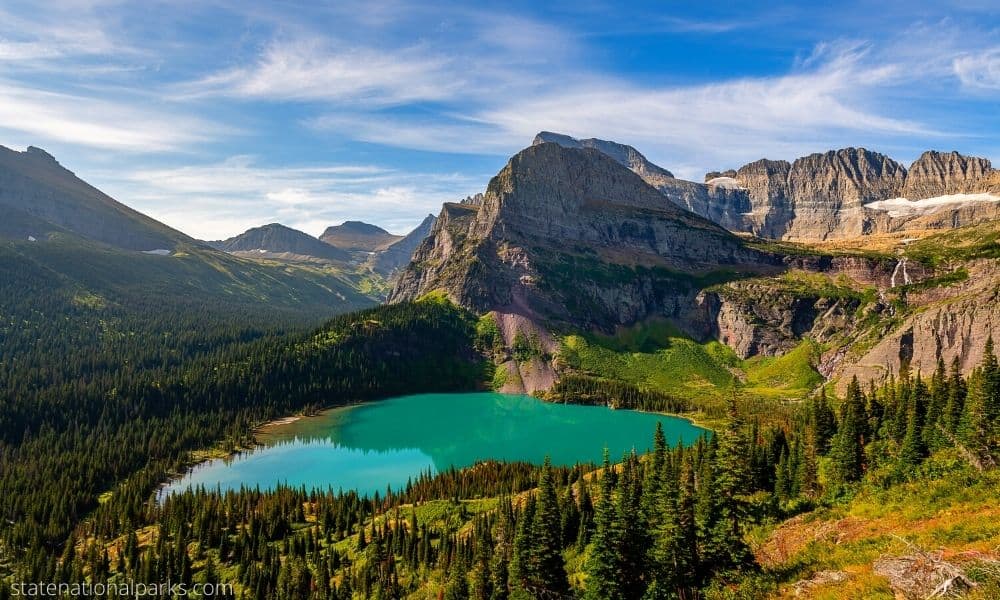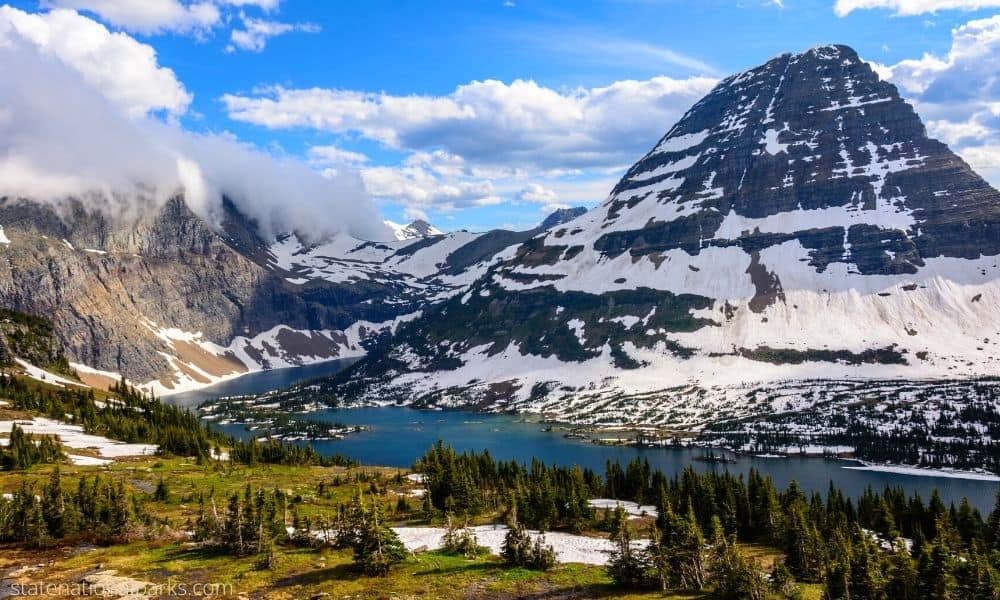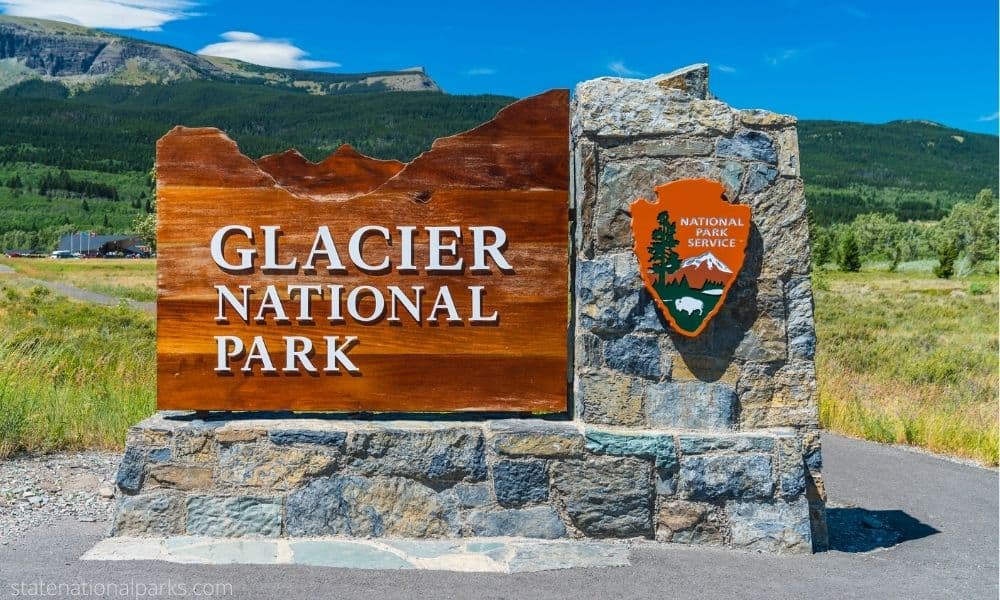 Glacier National Park is a beautiful 1,583 sq.-mi. wilderness area in Montana’s Rocky Mountains, enclosed by the mighty Continental Divide. It is crossed by the famous Continental Trail. Among more than 500 miles of challenging hiking trails, there’s a route to photogenic Hidden Lake. Other activities include camping, backpacking and geology-based traveling. A number of outfitters are available for those who plan to spend time in Glacier National Park.
Glacier National Park is a beautiful 1,583 sq.-mi. wilderness area in Montana’s Rocky Mountains, enclosed by the mighty Continental Divide. It is crossed by the famous Continental Trail. Among more than 500 miles of challenging hiking trails, there’s a route to photogenic Hidden Lake. Other activities include camping, backpacking and geology-based traveling. A number of outfitters are available for those who plan to spend time in Glacier National Park.
Hiking during Glacier National Park’s summer can be exhilarating and rewarding. Although the trails aren’t as long as those found in other national parks, they provide more adventure and the chance to see scenery that borders on awe. The trails start near the south rim of Glacier Lake and gradually move westward, following the gradual decline of the Glacier. Wildlife abounds, including moose, deer, coyotes, fishers, eagles, owls and a few mountain goats.
Glacier National Park’s grizzly population has been recently threatened by environmental groups. To stop this, the park has developed some Grizzly Recovery Plans. One plan focuses on protecting the winter habitat of the grizzlies in the area. It also aims to protect their crucial food sources–the small trees that provide the main food source for the bear. An unusual feature of the Grizzly Recovery Plan is the planting of trees on the west side of the park, in an attempt to create habitat for the remaining grizzlies. It should be noted, however, that since these trees have not been formally documented, no reduction in the numbers or increase in species occurred.
Hikers exploring Glacier National Park will find several routes through forested canyons. The easiest route starts at the Creek Trail and follows it westward into a meadow. The Glacier Point Trail covers the western portion of the park, passing through beautiful meadows and through spectacular forests. Another popular route leads hikers to Glacier Point Lodge diner overlooks. The Lower Cathedral Trail allows easy access to Glacier National Park’s Lower Cathedral Glacier and the West Glacier.
For those interested in seeing wildlife up close, the best way to do so is to head up to the Glacier View House. Here, you can see the underside of glaciers and listen to elk, coyote and deer hunting calls. You can also get up close to mountain goats, mountain lions and bears and photograph them.
Glacier National Park is truly one of North America’s premier destinations for nature lovers. Its diverse ecosystem offers activities that fit any kind of outdoor pursuit. For families with children, Glacier National Park offers exciting activities like hiking, biking, river rafting, and wildlife watching. Those who are looking for a more strenuous outdoor adventure can try climbing Mount Everest, bungee jumping or other extreme sports found in the park.
Glacier National Park has several rules in place to ensure visitor safety and preserve the natural environment. Here are some of the most important rules and regulations for visitors to Glacier National Park:
- Wilderness permits are required for overnight stays in the backcountry. Permits can be obtained at the park’s visitor centers.
- All visitors must stay on designated trails and boardwalks. Off-trail hiking is prohibited to protect the fragile ecosystem.
- Firearms are allowed in the park, but visitors must follow strict guidelines for their use and possession.
- Pets must be leashed at all times and are only allowed in certain areas of the park.
- Campfires are only allowed in designated fire rings or grills. Visitors must obtain a permit for open fires or use of portable stoves.
- Feeding wildlife is strictly prohibited. Visitors must properly store food and garbage to prevent attracting animals.
- Fishing is allowed in designated areas with a valid Montana fishing license.
- Backcountry camping is limited to designated sites, and group size restrictions apply.
- Use of drones is not permitted in the park, except in certain designated areas with a permit.
- It is prohibited to remove any natural or cultural resources from the park, including rocks, plants, or artifacts.
These rules are in place to ensure that visitors can enjoy the park while preserving its natural beauty and wildlife. Violating any of these rules can result in fines or other penalties, so visitors should make sure to review all rules and regulations before visiting the park.